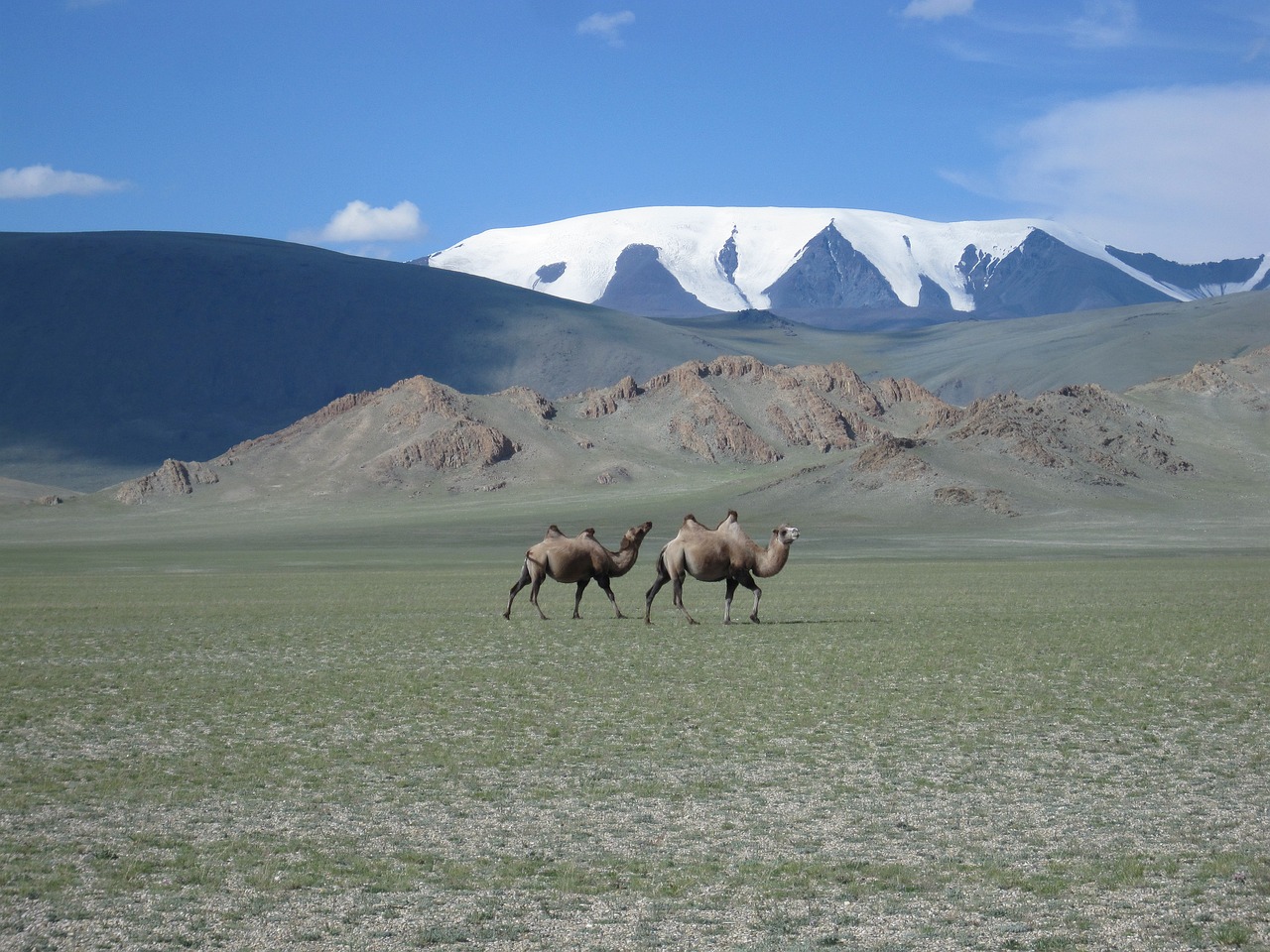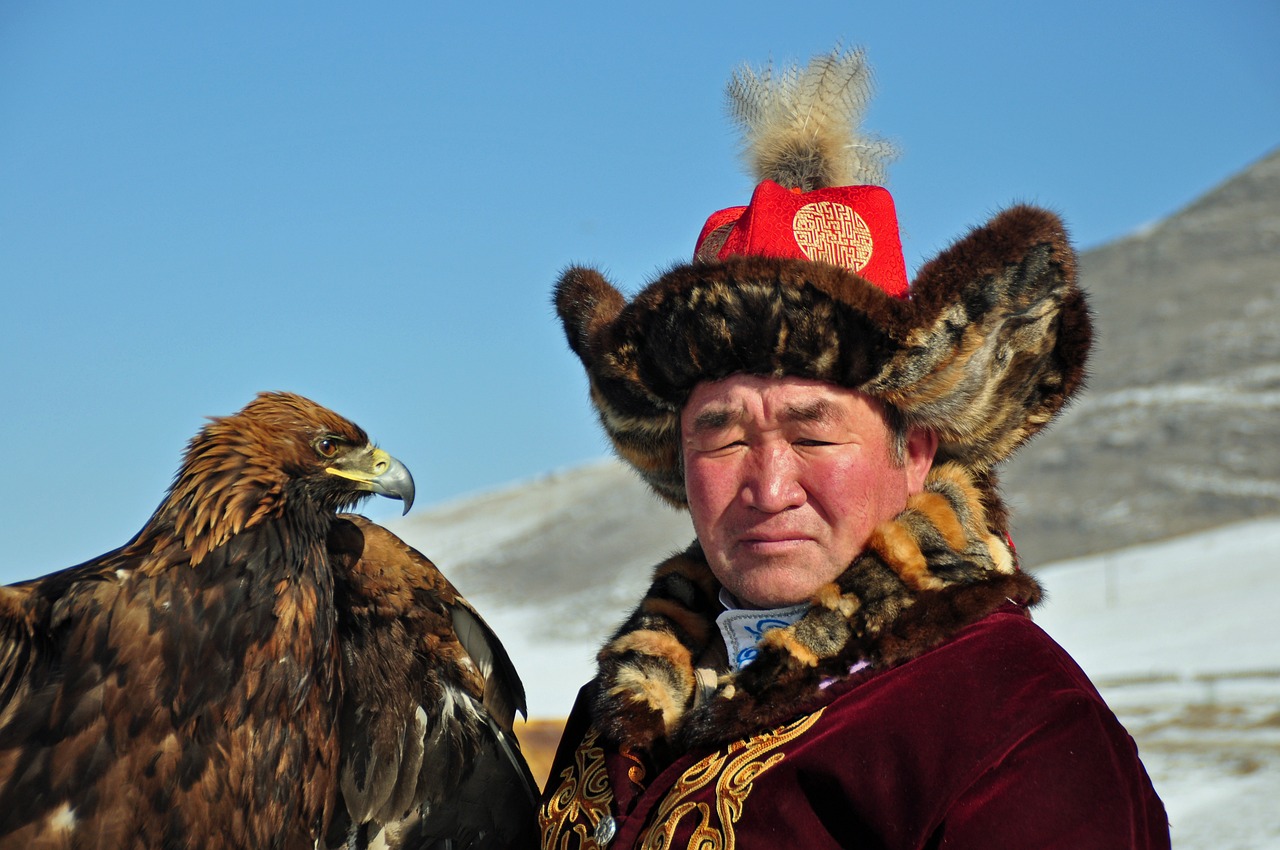Language and Communication: Overcoming Barriers in Mongolia
Mongolia, located in East Asia, is a landlocked country known for its vast landscapes, nomadic traditions, and unique cultural heritage. With a population of approximately 3 million people, the official language of Mongolia is Mongolian. However, due to historical and geographical factors, communication barriers can arise, both within the country and with visitors from abroad. In this article, we will explore the challenges faced in language and communication in Mongolia and the efforts made to overcome these barriers.
Language Diversity in Mongolia
Mongolia is home to a diverse range of ethnic groups, each with their own distinct languages and dialects. While Mongolian is the official language, there are also significant populations of Kazakhs, Russians, and other ethnic minorities who speak their native languages. This linguistic diversity can pose challenges for effective communication, especially in areas with a higher concentration of non-Mongolian speakers.
- Linguistic Diversity: Mongolia is home to over 20 different ethnic groups, each with their own languages and dialects.
- Language Barrier: The presence of multiple languages and dialects can create difficulties in communication, particularly in areas with a high concentration of non-Mongolian speakers.
- Multilingualism: Many Mongolians are bilingual or multilingual, speaking both Mongolian and their ethnic minority language.
The linguistic diversity in Mongolia reflects the country’s rich cultural heritage and historical influences from neighboring regions.
Language barriers can hinder effective communication in various contexts, from everyday interactions to business transactions and tourism.
Multilingualism is a common phenomenon in Mongolia, with individuals often being fluent in Mongolian and their native language.
Education and Language Policies
The Mongolian government recognizes the importance of language education and has implemented various policies to address the language barriers within the country. These policies aim to promote multilingualism and ensure access to education for all Mongolian citizens.
- Bilingual Education: The Mongolian government has introduced bilingual education programs in areas with a significant non-Mongolian speaking population.
- Language Support: Language support services, such as interpreters and translators, are available in government institutions, hospitals, and other public services.
- Language Preservation: Efforts are being made to preserve and promote indigenous languages and dialects in Mongolia.
These programs aim to provide education in both Mongolian and the native language of the respective ethnic group, ensuring equal opportunities for all students.
These services help bridge the language gap and ensure effective communication between officials and individuals who do not speak Mongolian.
Language preservation initiatives focus on documenting and revitalizing endangered languages to maintain the linguistic diversity of the country.
Tourism and Language Services
Tourism plays a significant role in Mongolia’s economy, attracting visitors from around the world to explore its natural wonders and cultural heritage. To cater to the needs of international tourists, various language services are available in popular tourist destinations.
- Tourist Information Centers: Tourist information centers provide assistance in multiple languages, including English, Russian, and Chinese.
- Language Guides: Professional tour guides who speak multiple languages are available for hire.
- Language Apps and Translation Services: Mobile applications and translation services can facilitate communication between tourists and locals.
These centers offer maps, brochures, and guidance to help tourists navigate Mongolia and learn about its attractions.
Language guides ensure that tourists can fully engage with the local culture and understand the significance of historical sites and traditions.
These tools provide real-time translation, language learning resources, and practical phrases to assist in overcoming language barriers.
Business Communication
In the business context, effective communication is essential for establishing strong partnerships and conducting successful transactions. Mongolia has taken steps to facilitate business communication, both domestically and internationally.
- Business English: English language proficiency is increasingly valued in the business sector.
- Interpreting and Translation Services: Professional interpreters and translators are available to assist in business meetings and negotiations.
- Language Training Programs: Language training programs are offered to employees to enhance their language skills.
Business professionals in Mongolia are encouraged to enhance their English language skills to communicate effectively with international partners.
These services ensure accurate communication and help bridge language gaps between Mongolian and foreign business representatives.
Companies provide language training opportunities to their staff, enabling them to communicate proficiently with international clients and partners.
Conclusion
Language and communication barriers can pose challenges in Mongolia, given its linguistic diversity and the need to interact with international visitors. However, the Mongolian government, along with various organizations and businesses, has taken significant steps to overcome these barriers. Through bilingual education, language support services, and the promotion of multilingualism, Mongolia strives to ensure effective communication within the country. Additionally, tourism and business sectors provide language services and resources to facilitate communication with international tourists and partners. By embracing language diversity and implementing strategies to address communication barriers, Mongolia continues to foster effective communication and cultural exchange.
References
- Mongolian Government: www.mongoliaroadmap.mn
- Mongolian Tourism Board: www.mongoliatourism.gov.mn
- Central Asian Linguistic Diversity Project: www.caldp.org
- United Nations Educational, Scientific and Cultural Organization (UNESCO): www.unesco.org
Mongolia Image 1:

Mongolia Image 2:

Mongolia Image 3:



